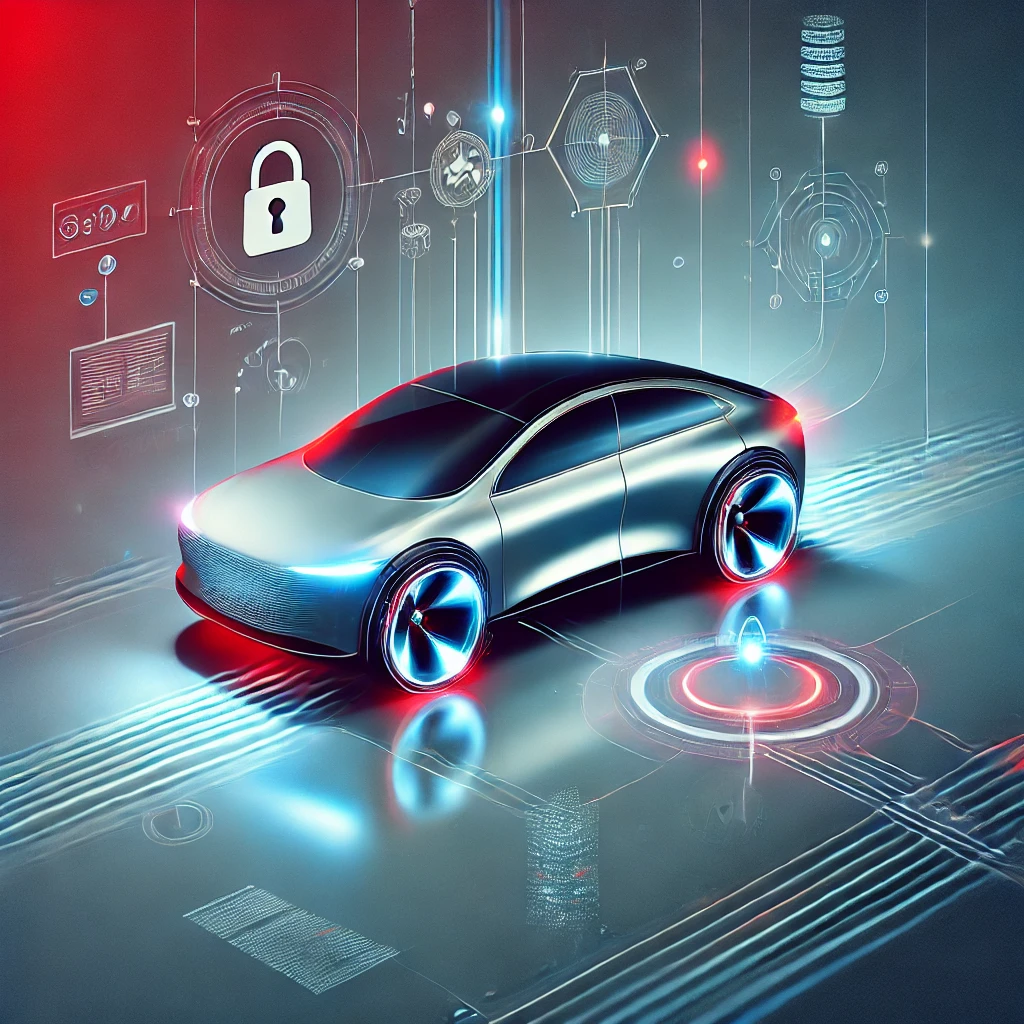As autonomous vehicles (AVs) grow more integrated into contemporary transportation systems, their dependence on networked systems and software renders them susceptible to hacks. Ensuring the security of these vehicles is crucial for maintaining safety, privacy, and public confidence.
Principal Cyber security Threats in Autonomous Vehicles
- Exploitation of Vehicle Systems: Cybercriminals may leverage weaknesses in an autonomous vehicle’s software to seize control of essential systems, including braking, steering, or navigation, jeopardizing the safety of passengers and others on the roadway.
- Data Breaches: Autonomous vehicles accumulate extensive data, encompassing passenger details, journey trajectories, and vehicle performance indicators. A compromise of this data may result in identity theft, geolocation surveillance, or other infringements of privacy.
- Communication Disruption: Autonomous cars depend on Vehicle-to-Everything (V2X) communication to engage with infrastructure, other vehicles, and pedestrians. Interference with these signals may result in accidents or traffic interruptions.
- Ransomware Attacks: Cybercriminals may use ransomware to immobilize automotive systems or solicit money for their restoration. This can be especially detrimental for business fleets or public transit networks.
The significance of cyber security in autonomous vehicle development
- Passenger safety: safeguarding systems against cyberattacks mitigates the likelihood of incidents resulting from unauthorized interference.
- Data Privacy: Protecting sensitive information fosters user trust and adheres to data protection laws.
- Public Trust: As autonomous vehicles gain prevalence, sustaining public confidence in their safety and security is crucial for extensive use.
Strategies for Mitigating Cyber security Risks
- Secure software development: Manufacturers must emphasize secure coding methodologies and perform frequent vulnerability evaluations throughout the development process.
- Consistent Updates and Patches: Ensuring that antivirus systems receive regular software updates and patches mitigates security vulnerabilities.
- Multi-layer security: utilizing encryption, firewalls, and intrusion detection systems can provide several layers of defense against attacks.
- Partnership with Cyber security Specialists: Collaborating with cyber security experts can improve the security of AV systems and mitigate potential threats.
- Government Regulation and Standards: Governments must implement cyber security standards for autonomous vehicles, guaranteeing uniform security protocols throughout the industry.
In conclusion, although autonomous vehicles have the potential to transform transportation, their intricate systems pose distinct cyber security challenges. Mitigating these risks through proactive strategies, secure development methodologies, and cooperative initiatives among manufacturers, regulators, and cyber security specialists is crucial for guaranteeing a safe and secure future for autonomous vehicle technology.

Leave a Reply